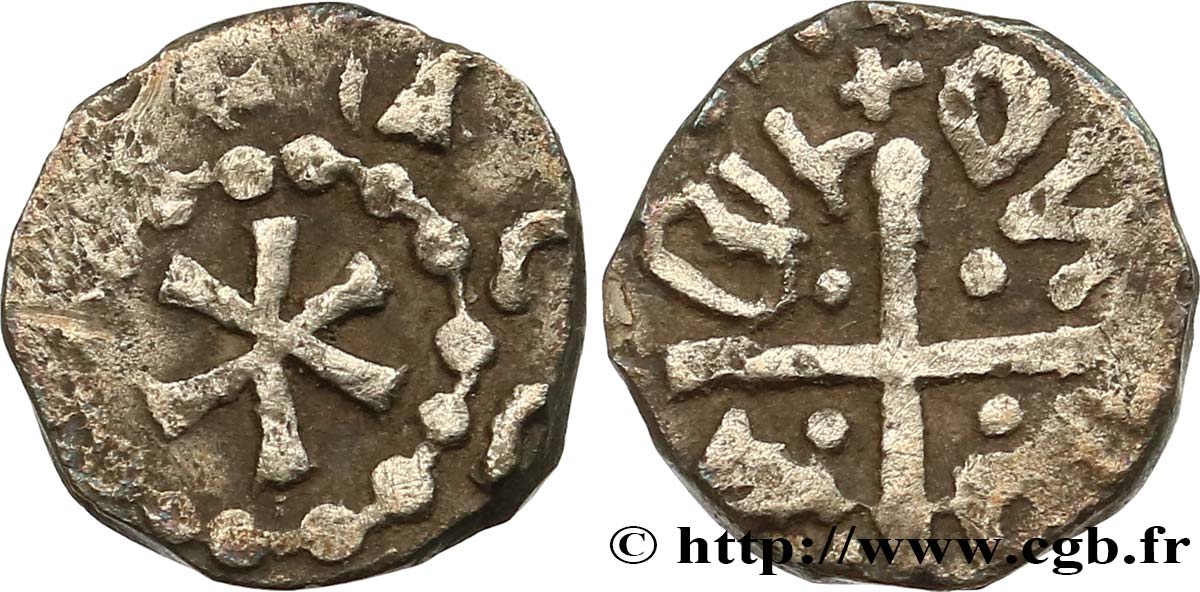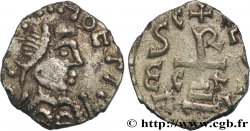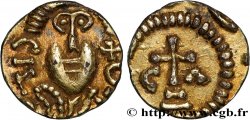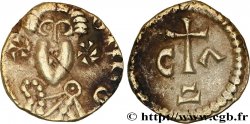E-auction 246-169227 - bmv_230307 - CHALON-SUR-SAÔNE (CABILONNUM) - Saône-et-Loire Denier à la croix
You must signin and be an approved bidder to bid, LOGIN TO BID. Accounts are subject to approval and the approval process takes place within 48 hours. Do not wait until the day a sale closes to register. Clicking on « bid » constitutes acceptance of the terms of use of cgb.fr private e-auctions.
Bids must be placed in whole Euro amounts only. The sale will start closing at the time stated on the item description; any bids received at the site after the closing time will not be executed. Transmission times may vary and bids could be rejected if you wait until the last second. For further information ckeck the E-auctions F.A.Q.
NO BUYER'S FEE.
NO BUYER'S FEE.
| Estimate : | 450 € |
| Price : | 227 € |
| Maximum bid : | 291 € |
| End of the sale : | 01 January 2018 14:59:00 |
| bidders : | 11 bidders |
Type : Denier à la croix
Date: n.d.
Mint name / Town : 71 - Chalon-sur-Saône
Metal : silver
Diameter : 11 mm
Weight : 1,23 g.
Rarity : R2
Coments on the condition:
Denier sur un flan assez large, avec le droit incomplet, mais un beau revers avec l’épigraphie presque complète. Patine grise de collection
Catalogue references :
Predigree :
Cet exemplaire est le n° 1005 de MONNAIES 45
Obverse
Obverse legend : LÉGENDE INDÉTERMINÉE.
Obverse description : Croix à six branches dans un grènetis ; légende autour.
Reverse
Reverse legend : CA-BIL-ON-NO.
Reverse description : Croix cantonnée d’un globule dans chaque canton ; légende en quatre parties.
Commentary
Le centrage de ce denier permet de lire presque entièrement CA BIL ON NO.
Malheureusement, la légende de droit est largement hors flan et ne permet pas de restituer le nom du monétaire.
Malheureusement, la légende de droit est largement hors flan et ne permet pas de restituer le nom du monétaire.








 Report a mistake
Report a mistake Print the page
Print the page Share my selection
Share my selection Ask a question
Ask a question Consign / sell
Consign / sell
 Full data
Full data
